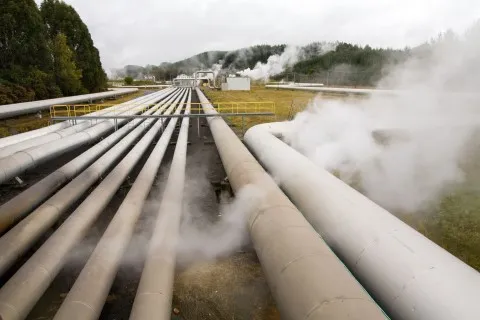
Hong Kong's natural gas-fired power generation set to double over the next 10 years
It will rise to around 30 terawatt hours by 2026.
Natural gas will become the dominant component of Hong Kong's power generation mix over the next 10 years, rising from 15.72 terawatt hours (TWh) in 2017 to around 30.02TWh in 2026, according to BMI Research's forecast.
The government aims to reduce reliance on coal-fired power generation in order to curb CO2 emissions and work towards the goals established under the UN Paris Agreement in 2015. As Hong Kong offers very few opportunities for the development of utility-scale renewable energy sources, natural gas will be the fuel of choice in the power sector.
Here's more from BMI Research:
Our bullish growth outlook for natural gas-fired power generation in Hong Kong is premised on the government's commitment to implementing a cleaner energy mix, as illustrated in the Climate Action Plan 2030, published in January 2017. The document establishes plans to substantially boost the role of gas power and reduce coal- ired power generation, with the share of coal in the mix decreasing from 48.0% in 2015 to 25.0% in 2020 and falling further by 2030.
In addition to policy commitments, our forecast that gas-fired power generation will almost double over the next 10 years is supported by the fact that our Oil & Gas analysts expect Hong Kong to have access to sufficient feedstock to support such growth.
In the Climate Action Plan 2030, the government also expects 25% of the country's fuel mix for electricity generation to come from non-fossil fuel sources. To this end, the government expects to import electricity generated from nuclear power plants from China.
Indeed, the mainland is building a large number of nuclear reactors at a fast pace, and Hong Kong has an agreement to import nuclear electricity from China until 2034. As a result, we forecast that Hong Kong will remain a sizeable power importer through to 2026, with net imports totalling around 13.8TWh by the end of our 10-year forecast period.
We exclude imported electricity in our calculations for a country's power generation mix, so we expect that thermal power sources will account for the great
majority of the mix through to 2026. Non-hydro renewables will represent 1.5% of the total in 2026, mostly as a result of the development of a major waste-
to-energy biomass power plant that the government expects to complete in 2024.As for other non-hydro renewables, a number of very small-scale wind and solar power facilities are currently operating in Hong Kong, but they account for less than 1.0% of the generation mix. The government is committed to installing solar photovoltaic arrays on public buildings, but these will continue to make only a minor contribution to the country's power needs.
Notably, the government has identified two sites where offshore wind power farms could be developed, with a potential capacity of 100MW (South West Lamma) and 200MW (South East Ninepin).
The Climate Action Plan 2030 states that the development of these projects remains possible within the next 15 years, although the plants would provide only 1.5% of Hong Kong's total power consumption and be more expensive than equivalent natural gas-fired resources. As such, we have not included them in our power forecasts for the country.


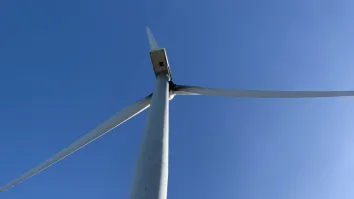
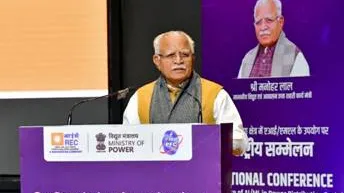
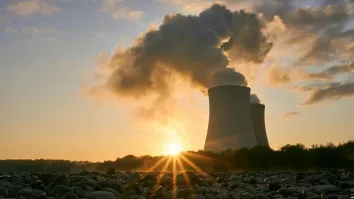
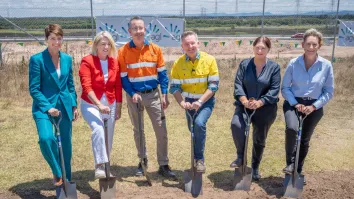













 Advertise
Advertise






